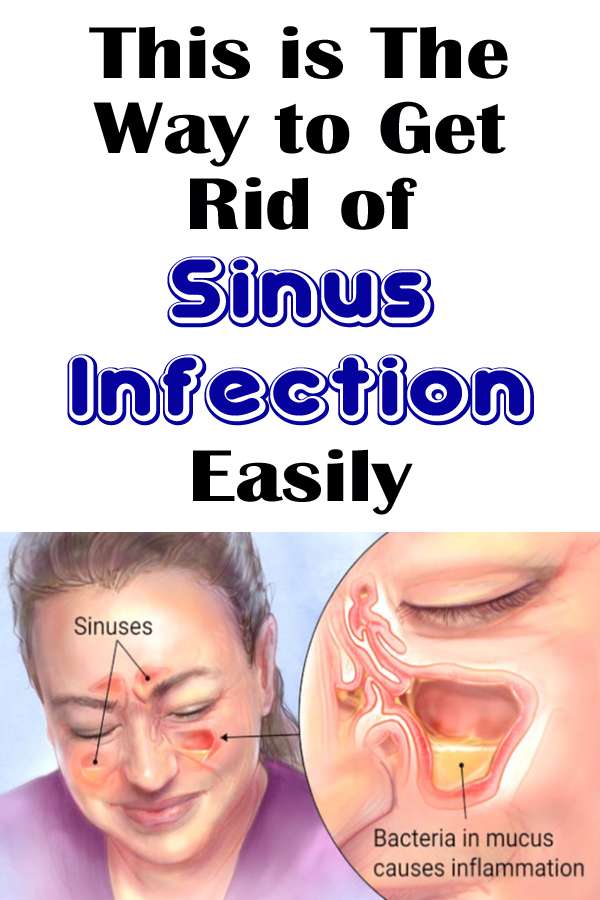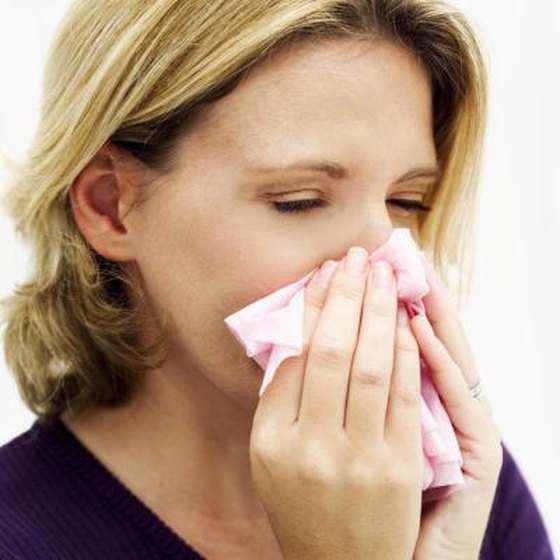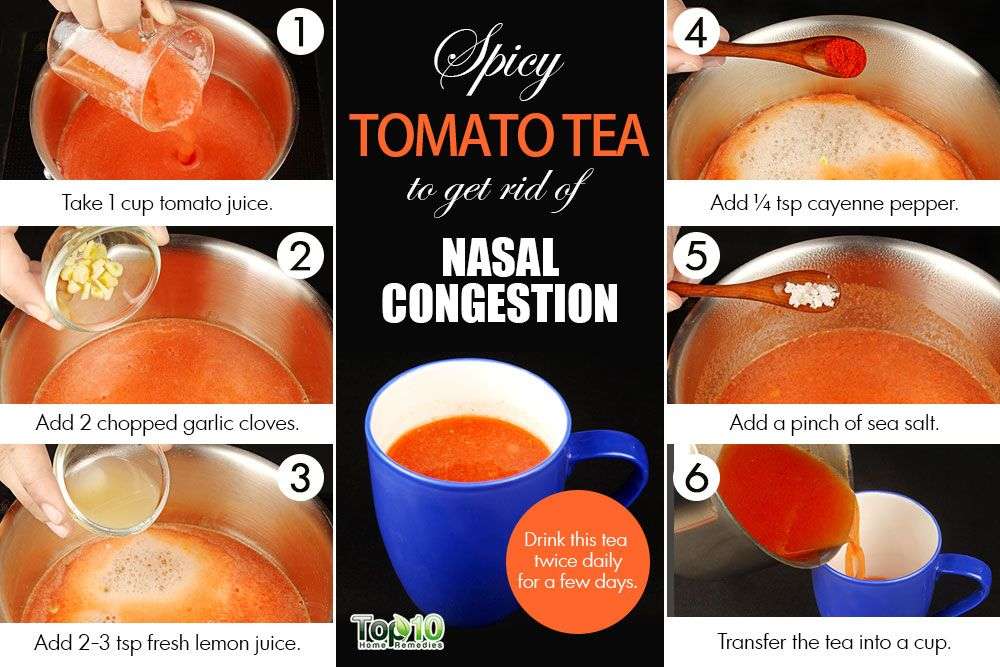How To Use Saline Spray
Ways To Fight Sinus Drainage
- ENT Institute
You live in Atlanta. The traffic is terrible. The commutes are unbearable. The Falcons losing the Super Bowl is shameful. But none of these things compare to the high pollen count and allergens that plague the great citys population, and most likely, your sinuses. Its a gross topic, we know, especially when it comes to the discussion of sinus drainage. Its not something you want to bring up in public conversations, yet its a part of your daily life.
Causes of Sinus Drainage
- Changes in weather and seasons
- Chronic sinusitis
As you can see there are many causes for sinus drainage. Taking care of these problems, rather than the symptom, will always be the better option but for now, weve compiled a list of remedies that you can do at home while you wait for your next doctors appointment.
Drinking Water and Avoiding Dairy, Coffee
Things like milk and coffee can actually thicken the mucus and cause more of a drainage issue. Drinking water thins it out and allows it to move with more ease.
Heat
It may not relieve the symptoms permanently, but the heat from the shower or boiling water or even from soup and tea can help move things along.
Cleaning
Dusting, wiping down, vacuuming, spraying, and washing your living space can help fight sinus drainage and other symptoms.
Irrigation
At local pharmacies, there are nasal cleansing bottles that can flush out the excess and relieve symptoms. Doing this on a daily basis can also prevent future issues.
Saline Nasal Sprays And Irrigations
Other safe ways to help relieve sinus and nasal congestion and postnasal drip include nasal sprays and irrigations that contain saline solution. Saline solution is water that contains sodium chloride . There are many OTC saline nasal sprays that can be used to keep the nose moist and curb symptoms.
Nasal irrigation on the other hand, involves flushing your sinuses with a larger volume of saline solution. You can make your own irrigation solution with sodium chloride packets mixed with boiled or distilled water, or buy a pre-prepared saline wash kit at the pharmacy.
It is very important not to use tap or shower water to make your saline wash, unless the water has been boiled. Although rare, flushing your sinuses with unboiled tap water can lead to a serious infection that can potentially affect the brain.
Instead, you can use a bulb syringe, bottle sprayer, or neti pot for nasal irrigation. For best results, its recommended that you wash out each side of your nose with at least 200 mL of warmed saline solution. Check with your healthcare provider to see how often you should irrigate your sinuses.
Recommended Reading: Can You Flush Out A Sinus Infection
I Have Chronic Sinus Infections And Thus A Chronic Post
When you are suffering from chronic sinus infections, chances are that you are also regularly dealing with a slew of sinusitis symptoms, including post-nasal drip and sore throat. And if your sinus infections havent responded to regular treatment, you may feel out of options. Fortunately, thats not the case.
Balloon sinuplasty is a minimally invasive new sinus treatment that helps restore proper drainage. During the procedure, your sinus doctor uses a tiny endoscopic balloon to widen your nasal passages and open up your blocked sinuses. The procedure takes less than 30 minutes, can be performed in-office, requires very little recovery time, and provides long-term relief. It is a wonderful alternative to traditional sinus surgery, which often necessitates the cutting of bone or tissue.
You May Like: Advil Cold And Sinus Recommended Dosage
Problem #: Lying Down Gravity And Blood Pressure

Many patients who come in asking, Why are my sinuses worse at night? are surprised to discover what a strong role gravity and blood pressure play in worsening sinus issues. While youre sitting up and standing during the day, your blood circulates throughout your body, with bloodpressure and the forces of gravity affecting how how easy it is for your blood to reach your head and sinuses. Additionally, while youre vertical, gravity also helps your sinuses drain naturally down your esophagus and into your stomach.
When you lie down, however, your body doesnt have to fight as hard to send blood to your head. Increased blood flow in the blood vessels of your sinuses can, in turn, cause sinus congestion, pressure, and pain. Furthermore, gravity is no longer helping your sinuses drain, which increases the likelihood of experiencing those same problems.
These nighttime sinus circumstances can affect people who exhibit little to no sinus symptoms during the day. If youre also dealing with sinusitis, GERD, or allergies, these circumstances can worsen already inflamed blood vessels and exacerbate other related issues.
Don’t Miss: How To Heal A Sinus Infection Without Antibiotics
Spice Up Your Diet To Ease Sinus Pressure
“Many people find that spicy food like peppers or hot mustard opens up their nasal passages and gives them some relief from sinus pain. There is good evidence that capsaicin, which is the active ingredient found in chile peppers, is effective in relieving some types of pain,” says Das. Capsaicin preparations have been investigated for the treatment of some facial pain syndromes and of rhinitis with promising results. But if you have the taste for them, you can try spicy foods to help with sinus discomfort.
Hot And Cold Compress
One of the best home remedies for sinus headache is an alternate hot and cold compress. When moist moderate heat is applied on the sinus region it eases the pressure and loosens the thick mucus. Whereas when cold compress is applied, it provides relief from the pain by constricting the blood vessels in the sinus region.
- Take some water and heat it. Make sure the temperature is warm enough such that your facial skin can handle it without any burns or other discomfort.
- Soak a wash cloth or face towel in this water and wring out the excess.
- Fold and place the towel on your face covering the sinus region .
- Leave it for 3 minutes.
- Remove the face towel and soak it in cold water.
- Wring out the excess, fold and place on forehead for 30 seconds.
- Close your eyes and relax.
- Repeat the process 2 â 4 times in a day.
You May Like: Best Cold Medicine For Sinus Congestion
How To Get Rid Of A Sinus Infection: Try These Methods Today
Sinus infections can really lower your quality of life, especially if they occur often. So if you’re looking for how to get rid of a sinus infection, try these methods to see if they work for you.
While surgery can be effective, it’s also quite invasive. If you live or work in the Scottsdale/Phoenix Metro area, please give the Sinus & Allergy Wellness Center a call today for an appointment to learn more. The Phoenix area specialty sinus clinic offers an alternate method that’s both quicker, in-office, less expensive, and more effective. Call 480-567-7098 to learn more about this method of treating sinusitis and see if you are a candidate!
How To Use Mucinex
Take this medication by mouth with or without food, as directed by your doctor, usually every 12 hours with a full glass of water. If you are self-treating, follow all directions on the product package. If you have any questions, ask your doctor or pharmacist.
Dosage is based on your age, medical condition, and response to treatment. Do not take more than 2400 milligrams in 24 hours. Do not increase your dose or take this drug more often than directed.
Do not crush or chew this medication. Doing so can release all of the drug at once, increasing the risk of side effects. Also, do not split the tablets unless they have a score line and your doctor or pharmacist tells you to do so. Swallow the whole or split tablet without crushing or chewing.
Drink plenty of fluids while taking this medication. Fluids will help to break up mucus and clear congestion.
Tell your doctor if your condition returns, or if it is accompanied by fever, severe sore throat, rash, persistent headache, or if it persists or worsens after 7 days. These may be signs of a serious medical problem. Seek immediate medical attention if you think you may have a serious medical problem.
Don’t Miss: Premier Allergy Asthma And Sinus Care
Post Nasal Drip Treatment
The treatment for your post nasal drip will depend on whats causing it. For example, its easier to resolve postnasal drip caused by spicy foods than it is to kick a sinus infection. Its important to address the underlying condition in order to treat post nasal drip.
In addition to treating the cause, some remedies can help specifically with post nasal drip, Thompson says. Here are a few common remedies:
1. Try nasal irrigation
Nasal irrigation with saline is highly recommended to combat post nasal drip. Saline irrigations help flush out excess and thick mucus, Thompson says. Also, saline irrigations moisturize the nasal cavity and reduce the symptom of post nasal drip.
Using a neti pot, flush one side of your nose, then the other, with distilled or boiled water . Be sure to follow instructions carefully so that you dont increase your risk of infection by flushing your nose.
2. Breathe in steam or a humidifier
Steam or a humidifier can help clear mucus from your nose. Humidifier and steam inhalation can help moisturize the air and thin the mucus so that it passes more freely, Thompson says.
Thats why chicken soup or a cup of tea can also be great remedies the hot liquid and steam help clear your nasal passages.
3. Stay hydrated
Drinking enough water can help thin mucus, preventing the irritating postnasal drip feeling that something is stuck at the back of your throat.
Dont Miss: How To Relieve Pain From A Sinus Infection
Corticosteroid Drops Or Sprays
Corticosteroids, also known as steroids, are a group of medications that can help to reduce inflammation.
If you have persistent symptoms of sinusitis, your GP may prescribe steroid nasal drops or sprays to help reduce the swelling in your sinuses. These may need to be used for several months.
Possible side effects include nasal irritation, a sore throat and nosebleeds.
You May Like: Severe Sinus Pain And Pressure
Garlic And Honey For Sinus Infection:
Garlic is a natural antibiotic and kills the bacteria that cause infection.
Making Proactive Changes To Your Sleeping Environment

Do you have a blocked nose at night only? If you do, making the following adjustments in your bedroom may help alleviate your congestion.
- Keep your pets out of your bedroom, especially if you are allergic to pet dander or dust.
- If the air in your house tends to be dry, purchase a humidifier. This suggestion is especially relevant during the winter months when the air is often drier.
- Avoid drinking alcohol and caffeine before bed. Both can make you dehydrated, which can aggravate your sinuses.
- On that same note, do what you can to stay hydrated. Hydration will help you feel better overall, but it can also work to alleviate some sinus pain.
You May Like: Sinus Pressure Points To Relieve Congestion
Can Sinusitis Be Prevented Or Avoided
Sinusitis cant be prevented, and certain factors increase your risk of getting it. These include:
- Having a cold or allergies
- Using decongestant nasal sprays too much
- Smoking
However, there are some things you can do to try to keep yourself healthy:
- If you smoke, stop. Avoid second-hand smoke, if possible.
- Wash your hands frequently.
- Dont touch your face, especially your mouth, nose, and eyes.
- If possible, stay away from things you know will trigger your allergies.
What Is The Fastest Way To Get Rid Of Sinusitis
When you have a sinus infection, you often have to go through your day in pain and in a fog. Sinusitis, or infection of the sinuses, is incredibly common, but many people suffer through it rather than get it treated. At Asthma Allergy Centre in Tigard, McMinnville, or Beaver, OR, we use a variety of sinus management treatments to reduce the inflammation and immune response that are likely behind your sinus problems. Check out on how to get rid of sinusitis.
You May Like: What Helps Sinus Pressure Headache
Ayr Saline Nasal Rinse Kit
The Ayr Saline Nasal Rinse Kit is another great choice for people looking for an effective product to combat post nasal drip. Mostly, this product relies on saline, which draws out the mucus by attracting it with salt. Once the accumulated mucus has been pulled out of the posterior portion of the nose and throat, its suctioned out using the included bottle.
While it does offer effective and instant relief against mucus and congestion, the formula isnt quite as powerful as the first name on the list. Without the menthol property, relief doesnt last quite as long, requiring users to repeat the process when mucus accumulates hours later.
Avoid Sinus Pain Triggers
“One of the most important things to avoid is over-the-counter nasal decongestant sprays. They may give some fast relief, but after a few days they make sinus pressure and nasal congestion much worse,” warns Das. Some other things you can do to prevent sinus pain include avoiding alcohol, which can aggravate sinus pain and congestion cleaning your humidifier to avoid fungal allergies washing your bedding in hot water to decrease allergy exposure and avoiding swimming, diving, or flying when you have sinusitis, a common cold, or nasal allergy.
Don’t Miss: Does Nasal Spray Help With Sinus Pressure
How To Relieve Sinus And Nasal Congestion
You can use your fingers to gently massage your sinuses to get nasal congestion relief. For example, place your index fingers on both sides of your nose where the nose and cheek meet , and apply moderate pressure for 2 to 3 minutes. You can also use your index fingers to apply pressure on the bridge of your nose, right between your eyebrows hold for 2 to 3 minutes. This sinus massage will bring comfort to your nasal passages.
Flushing out your sinuses with salt water can help clear out mucus and other irritants and reduce inflammation of the mucous membrane, resulting in better drainage. This can be done with a neti pot, syringe or various other products that can be found in drug stores. When using a nasal rinse, be sure to use sterile or previously boiled water, and rinse and dry the device thoroughly after each use.
Over-the-counter nasal decongestants reduce blood flow to the nasal membranes, which decreases swelling and congestion. They can help open up your nasal passages and decrease pressure in your sinuses. For fast relief, try Sinex⢠Severe All-in-One Sinus Liquicapsâthe non-drowsy formula contains a powerful pain reliever and phenylephrine, a safe and effective decongestant.
To Help Prevent Nasal Congestion From Bacterial Or Viral Infections Such As The Cold Or Flu:
- Eat a well balanced diet
- Exercise and maintain your health and wellness
- Avoid stress and exhaustion
- Limit or avoid consuming alcohol and tobacco
- Get the flu shot
- Limit unnecessary physical contact, such as handshakes, to help prevent the spread of viruses
- Wear a mask to limit the spread of airborne diseases
Recommended Reading: Why Am I Always Getting Sinus Infections
Is Postnasal Drip A Symptom Of Covid
Postnasal drip is currently not listed as a specific COVID-19 symptom by the Centers for Disease Control and Prevention or the World Health Organization . However, people with postnasal drip can have a few of the same symptoms as people with COVID-19, such as:
-
Cough
-
Nausea or vomiting
-
Diarrhea
Remember everybody is different, so the symptoms from COVID-19 can vary from person to person. If you have been exposed to a person with COVID-19, or think you may be having symptoms of the virus, please contact your healthcare provider to get advice on what to do next.
Anatomy Of The Paranasal Sinuses

The paranasal sinuses comprise four pairs of sinuses that surround the nose and drain into the nasal cavity by way of narrow channels called ostia . Mucus leaving the frontal and maxillary sinuses drains through the ethmoid sinuses , so a backup in the ethmoids is likely to clog the other two types of sinuses. The sphenoid sinuses are located deep in the skull, behind the eyes. Sinusitis develops when one or more sinuses become blocked.
There are millions of bacteria in our noses, and most of the time, they’re harmless. Even when a few creep into the sinuses, they don’t cause trouble, as long as they keep draining into the nose along with mucus. But if sinus drainage is blocked, glands in the sinuses continue to produce mucus, and the resulting pool of backed-up mucus provides what Dr. Metson calls “the perfect culture medium.” The bacteria grow out of control, causing infection, and the immune system kicks off an inflammatory response. The result: swelling, which causes and facial pain mucus buildup, which produces congestion and an influx of white blood cells to fight the bacteria, which thickens the mucus and may tint it yellow or green. Other symptoms include loss of smell or taste, cough, bad breath, fever, toothache, and fullness in the ears.
Recommended Reading: Sinus Infection How To Treat At Home